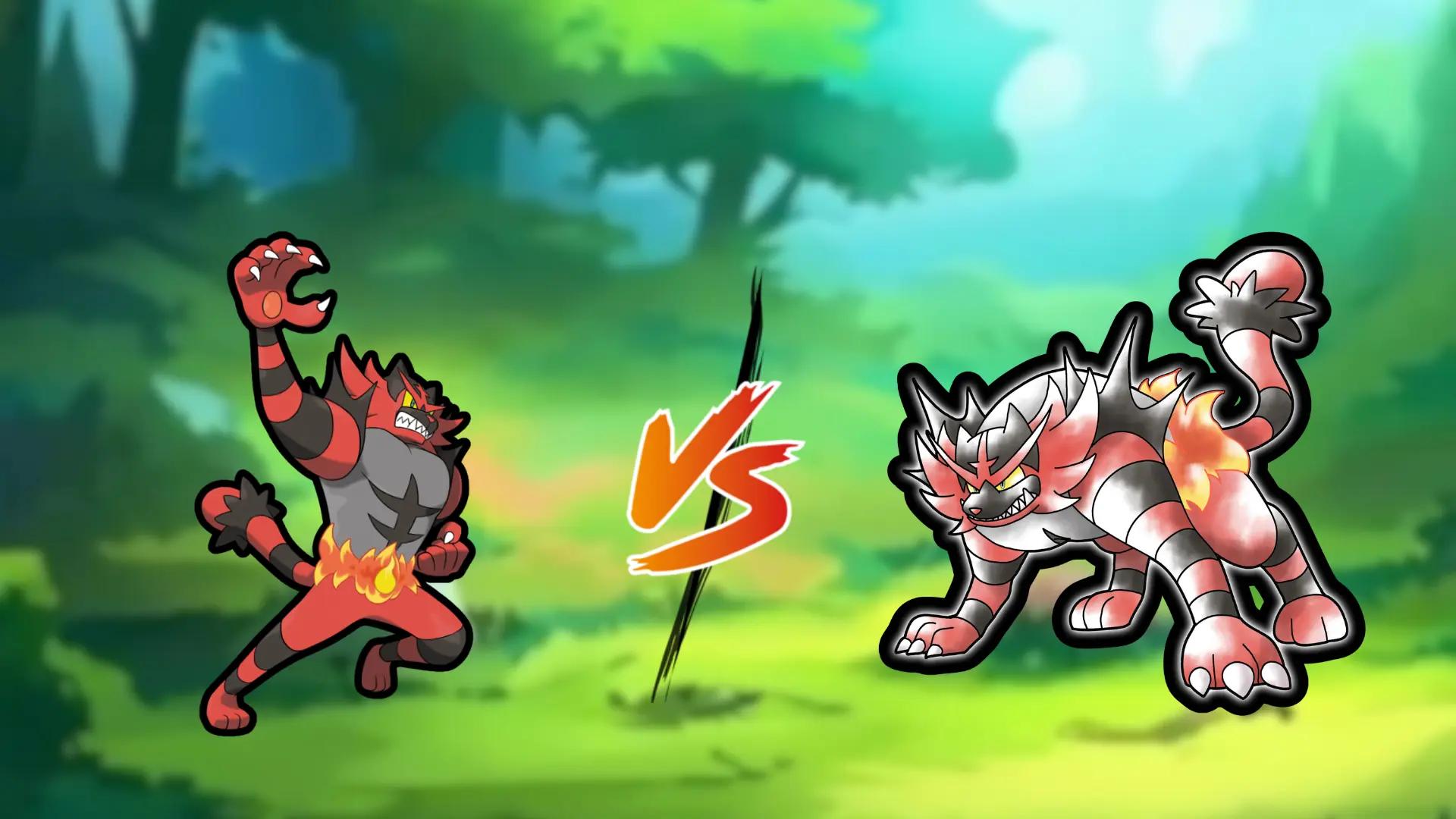
For close to three decades now, Pokemon has played a significant role in our lives. Boasting more than a thousand unique characters spanning numerous generations, it’s clear that this franchise showcases exceptional ingenuity and development.
Pokémon has gracefully straddled the border between fantasy and reality, portraying creatures as diverse as mice and deities. However, a peculiar pattern has been observed among fans: an increase in bipedalism, which gives many Pokémon an uncanny resemblance to humans, even exceeding their original animalistic or mythical appearances.
This isn’t about hating Pokémon with two legs. In fact, some of them are incredibly awesome. For example, consider Lucario, with its dog-like features and martial artist aura, it definitely has an appealing charm.

Gallade showcases a stunning blend of chivalric grace and psychic prowess, coupled with an indomitable posture. Similarly, Blaziken maintains its imposing, avian-warrior appearance from its days as a Torchic.
However, even in a thoughtfully designed game like Pokémon, you’ll find many creatures that have players puzzled or perplexed.
How did Litten, the adorable quadrupedal fire cat, transform into Incineroar, a muscular wrestling tiger with a championship belt? While the overall design isn’t necessarily flawed, the drastic change from its original, more animalistic form to this wrestler concept seems contrived.

Delphox, a Fire/Psychic character inspired by a mage, is another example. Unlike being a natural evolution of Fennekin’s fox-like charm, it transforms into a bipedal humanoid with an appearance reminiscent of characters in a fantasy role-playing game.
In the world, do all Delphoxes walk on two legs like humans instead of four? This question arises due to a lack of consideration for their possible biological structure in the context of their established lore.
This pattern suggests a significant change in the underlying design ideology. Previously, many Pokémons were based on creatures from nature, such as animals, plants, and even items. For instance, Bulbasaur resembles a frog with a plant bulb or Magnemite looks like a floating magnet.

In more recent times, it appears that Pokémon are increasingly characterized by their personalities, stereotypes, or archetypes. For instance, Incineroar isn’t just a fire-type; it’s portrayed as a wrestler. Rillaboom is depicted as a drummer, and Toxtricity embodies the spirit of a punk rocker.
These concepts might seem entertaining in principle, yet they tend to separate design elements from natural or biological aspects, resulting in creations that appear less akin to living beings and more like exaggerated imitations. Consequently, it becomes necessary for them to be excessively humanoid, or bipedal in this context.
Designing humanoids or themes for Pokémon isn’t necessarily a mistake. However, problems occur when these ideas overshadow the original charm and essence of Pokémon that initially captivated us.

It’s not necessary for every creature to walk on two legs or follow a human-like career path. When Meowscarada, Sprigatito’s final evolution, transformed into a feline resembling a magician with a mask, some fans were disheartened by another instance of bipedal transformation. The original design hinted at a streamlined, four-legged cat, but the outcome felt eerily familiar.
Despite the circumstances, there’s a glimmer of creativity. For instance, Ceruledge, a spectral armored swordsman, and Annihilape, the enraged evolution of Primeape, demonstrate that bipedalism can retain its uniqueness and style.
These designs do not resemble humans wearing costumes; rather, they have an otherworldly essence, suggesting complex personalities and a tangible existence.

Fans are yearning for authenticity. They seek the enigma of the untamed, the fascination of creatures that seem to hail from a primeval forest or a volcanic lair. Let Pokémon resemble Pokémon and not characters dressed up like mascots.
The franchise consistently succeeds when it combines creativity with respect for the organic influences that molded its initial aesthetics.
And maybe, just maybe, the next starter evolution won’t be standing on two legs. We’ll be watching.
Read More
- Grimguard Tactics tier list – Ranking the main classes
- USD CNY PREDICTION
- Silver Rate Forecast
- 10 Most Anticipated Anime of 2025
- Black Myth: Wukong minimum & recommended system requirements for PC
- Box Office: ‘Jurassic World Rebirth’ Stomping to $127M U.S. Bow, North of $250M Million Globally
- Former SNL Star Reveals Surprising Comeback After 24 Years
- Gold Rate Forecast
- Hero Tale best builds – One for melee, one for ranged characters
- Mech Vs Aliens codes – Currently active promos (June 2025)
2025-05-03 18:12